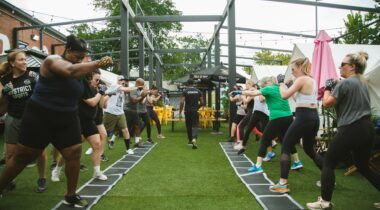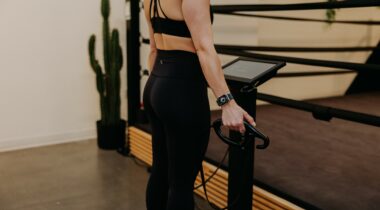Morning vs. Evening Workouts: What Science Says About Energy & Performance
Science has a lot to tell us about how workout timing influences strength, endurance, metabolism, and even reaction time—especially in sports like boxing, where sharp reflexes and power are key.
Here’s what the research shows, what might matter for you, and how to choose a workout time that maximizes your gains.
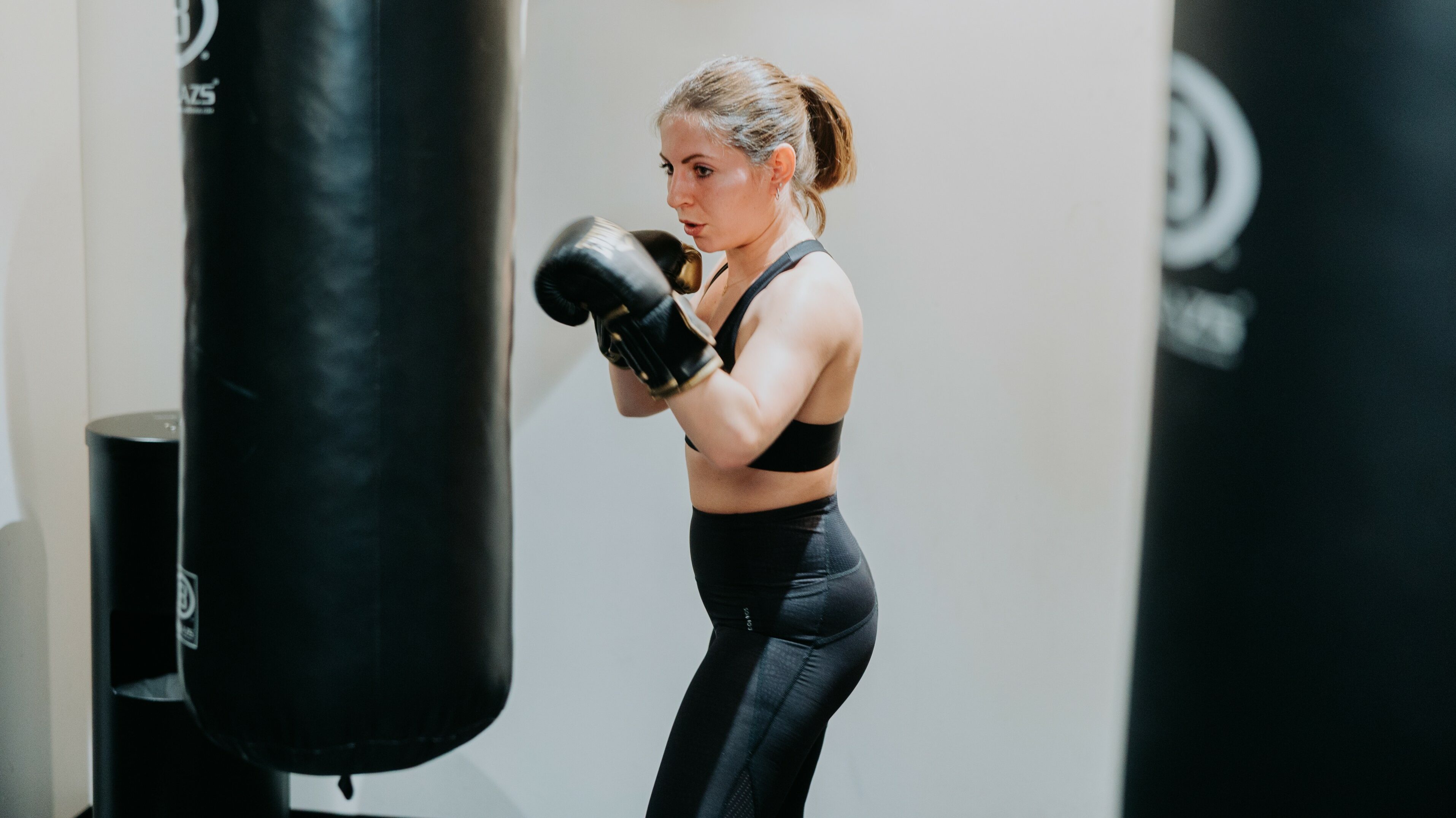
What Research Tells Us
1. Strength, Muscle Hypertrophy, and Performance Peaks Later in the Day
A 24-week study comparing combined strength and endurance training in the morning vs evening found that although both groups improved strength (1-rep max) similarly, those who trained in the evening had larger gains in muscle size (hypertrophy) especially in weeks 13-24.
Also, in another study, evening training tends to produce higher “maximal strength and muscle activation” and better neuromuscular performance.
2. Endurance, Energy & Metabolism
Evening workouts often allow for better energy output, because by later hours your body temperature is higher, your muscles are more flexible, joints are looser, and metabolic processes are more primed. For example, in tests of endurance (time-to-exhaustion), participants did significantly better in the evening than in the morning.
However, morning training may offer some metabolic advantages, such as somewhat greater fat burning in certain studies—especially if you train fasted or with lower glycogen reserves.
3. Circadian Rhythms & Chronotype: What Time of Day Fits You
Not all bodies conform to the same schedule. Research in boxers has demonstrated that reaction time (a critical component in boxing) depends on chronotype — whether you’re a morning person (M-type) or evening person (E-type). M-types perform faster reaction times in the morning; E-types do better later in the day.
Also, consistent training at one time of day helps your body adapt (sleep-wake cycles, hormone rhythms, etc.), reducing the “penalty” if you’re training when your body isn’t naturally at peak.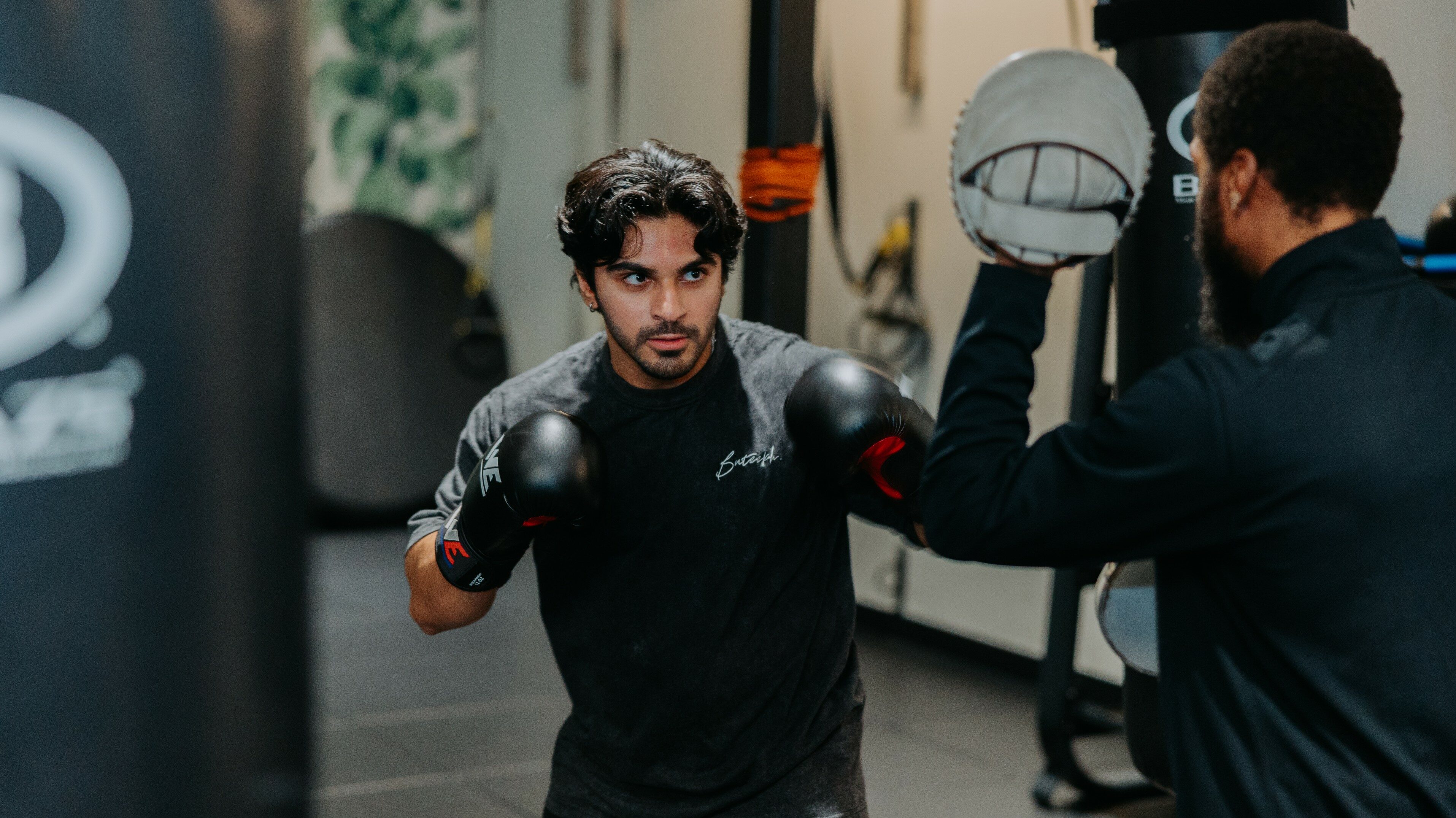
What This Means for Boxers Over 25
If you’re a boxer over 25, here are key considerations, based on science, to decide whether early morning or evening works better for your boxing performance, skill training, sparring, strength & conditioning, etc.
- Reaction time & speed drills: If you’re practicing reflexes, mitt drills, or speed work, match your training time with your chronotype. If you’re naturally an evening person, you’ll likely perform better in these aspects later in the day. If you’re a morning person, schedule those drills early.
- Strength & power: Since your body temp, hormonal profile, and neuromuscular readiness tend to be higher in the late afternoon / evening, those times may be better for heavy bag work, plyometric drills, weightlifting, power training.
- Skill & technical work: These can often be done any time, but for sharpness, vision, coordination—even footwork—doing them when you are more alert makes sense. If mornings are still groggy, maybe your focus won’t be as good.
- Recovery and rest: As we age, recovery becomes more important. Evening workouts might better support larger muscle gains, but if they cut into your sleep quality, that can negate gains. Make sure you have enough recovery, cooldown, nutrition.
- Lifestyle & energy schedule: Work, family, nutrition — all impact whether you can properly fuel for morning or evening workouts. If you can’t eat well or are always tired in the evening because of work, morning sessions—with proper warm-ups—may be more consistent and less stressful.
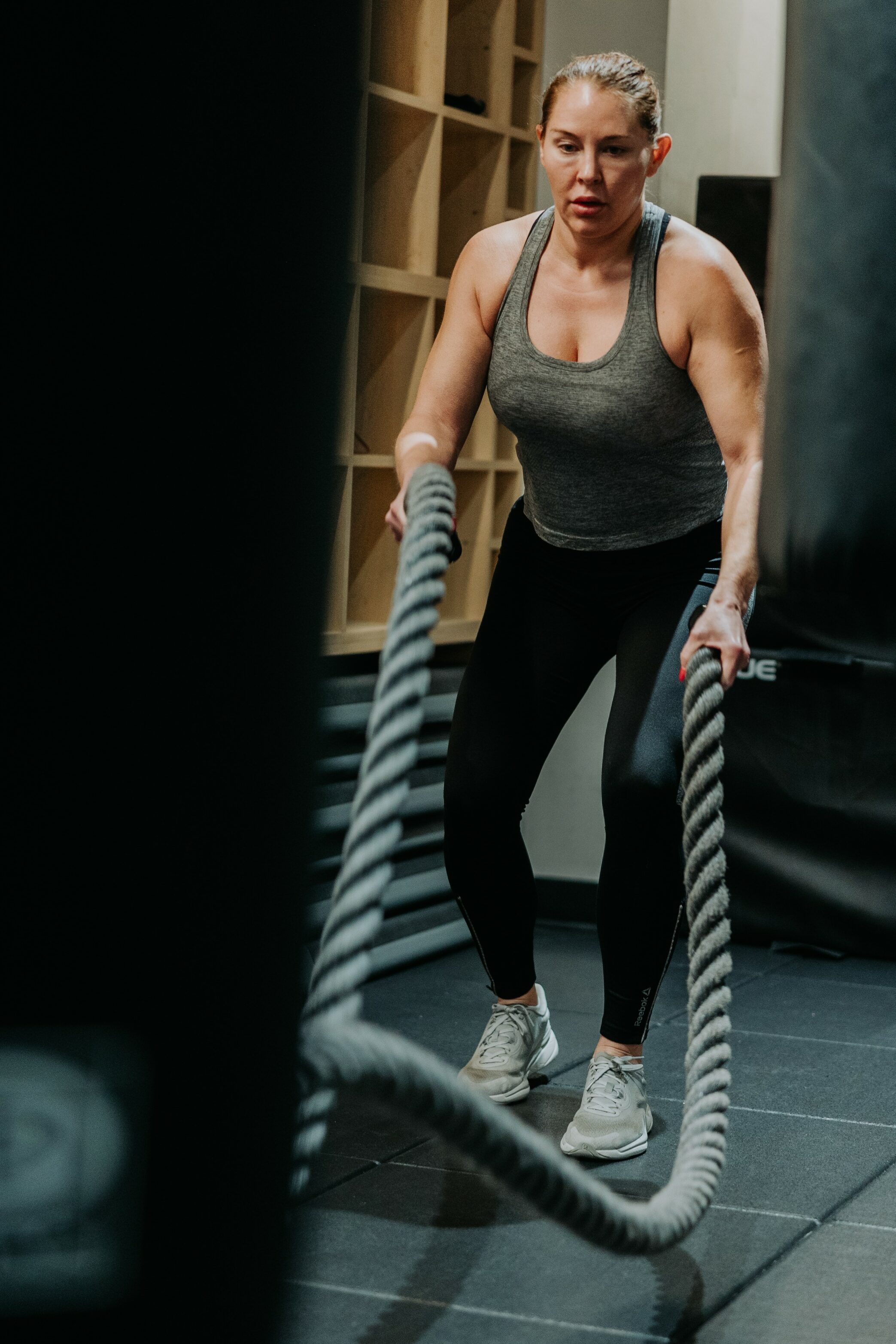
Final Takeaway
There isn’t a one-size-fits-all “best time” to train. For boxers over 25, the evidence leans toward evening workouts giving a slight edge in strength, anaerobic power, and hypertrophy, while morning training can help with consistency, fat metabolism (in some situations), and establishing healthy routines.
Trying both is also a great way to test the waters. Maybe do 2-3 weeks of morning, 2-3 weeks of evening for different types of workouts (box-specific drills vs strength conditioning) and see how you feel, how performance tracks (e.g. punch speed, reaction time, weights lifted), and how your sleep & energy hold up.
But the best time is the one you can stick with. If you’re consistent, eating well, recovering, and aligning your training with your body’s strengths (chronotype, alertness), you will get results. See what feels best—and then commit.
🏋️♂️ Discuss your training routine with a personal trainer →

